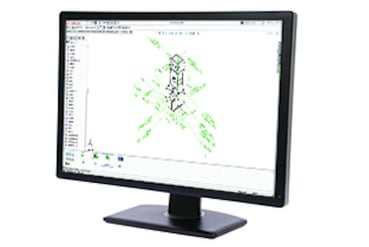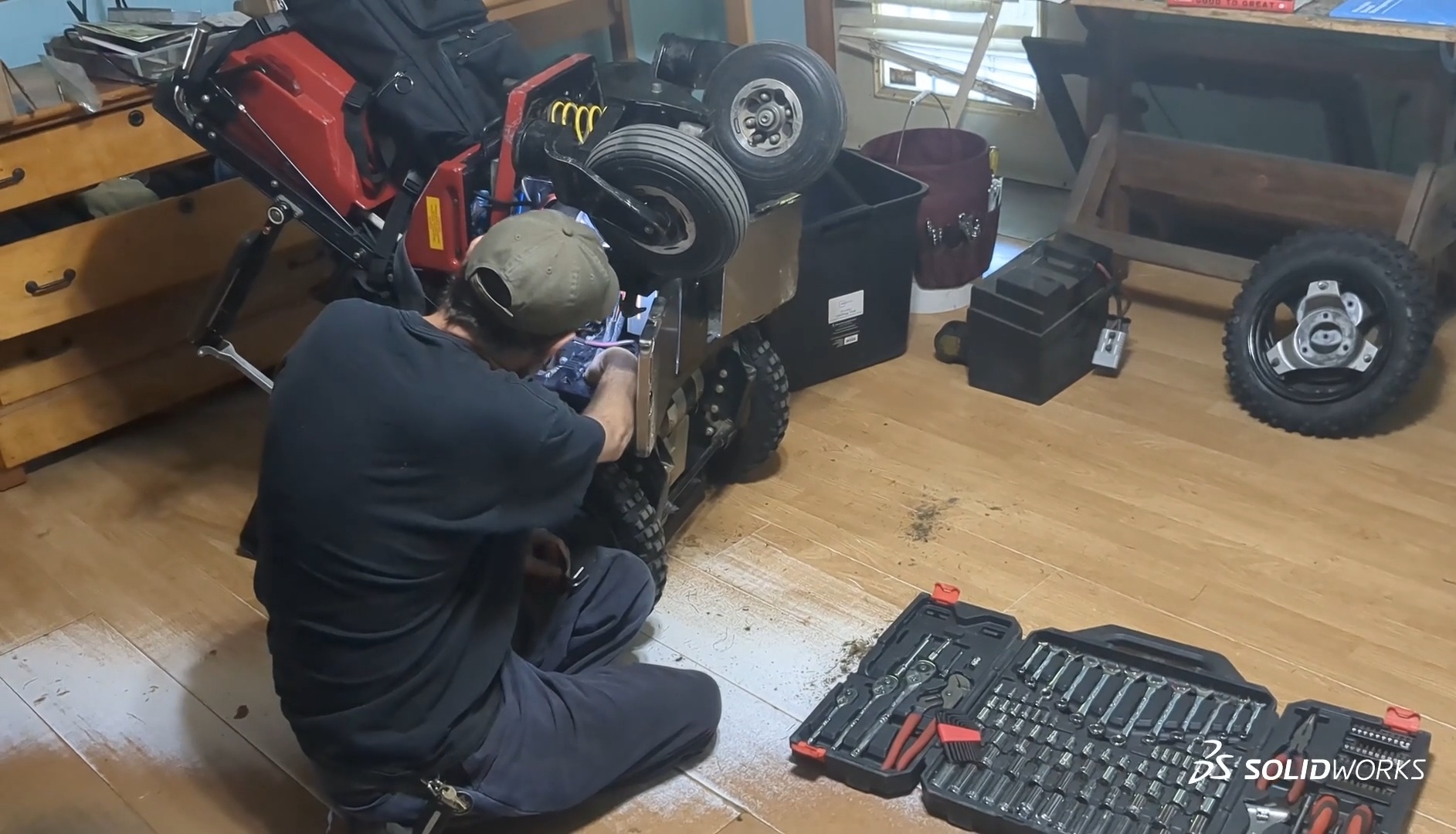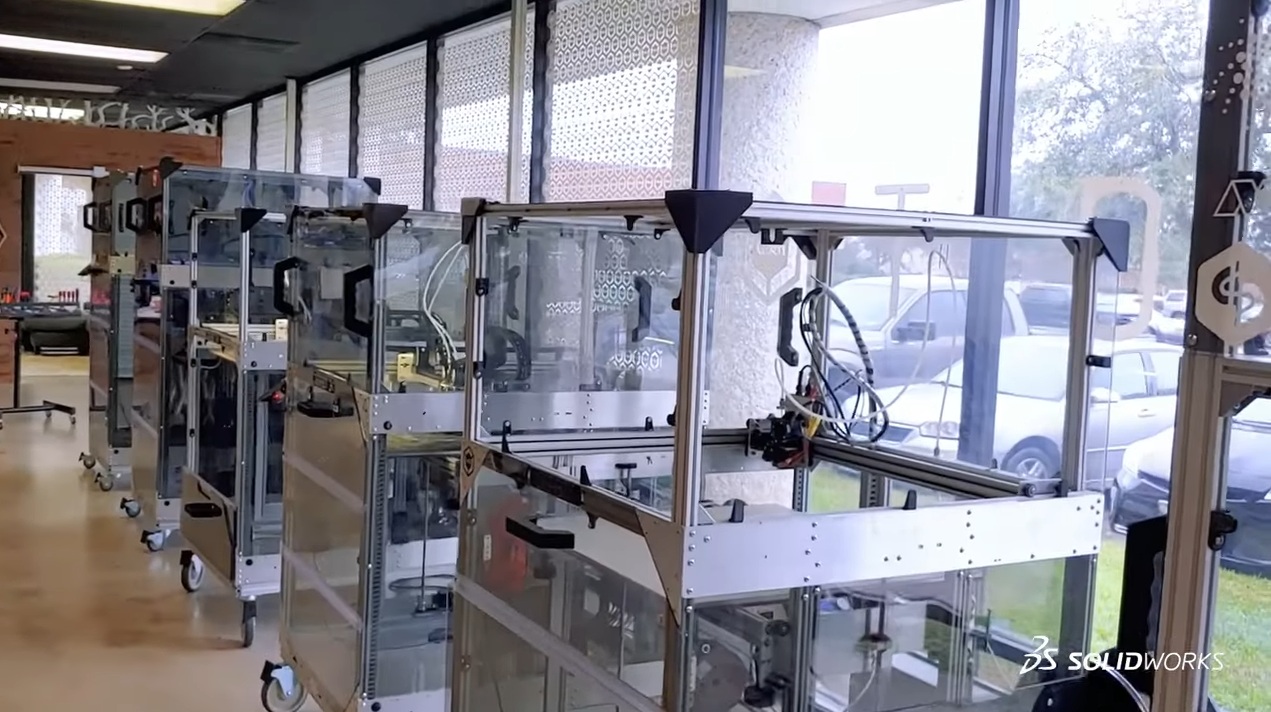 For many engineers across various industries, 3D CAD software has become THE product design tool allowing them to save time and money while also bringing their product to market faster. And with the explosion of 3D printing, companies using 3D CAD software is increasing daily. In the discrete manufacturing industries, between one-third and one-half of the CAD systems in use today are 3D.
For many engineers across various industries, 3D CAD software has become THE product design tool allowing them to save time and money while also bringing their product to market faster. And with the explosion of 3D printing, companies using 3D CAD software is increasing daily. In the discrete manufacturing industries, between one-third and one-half of the CAD systems in use today are 3D.
If your company is still using 2D CAD and feeling overwhelmed by the options of various 3D CAD systems, don’t worry. Waiting means you can now benefit from the wisdom and experience of engineers who have been using 3D methods for 10 or 20 years. Keep reading to learn about seven key criteria to consider when choosing the best 3D CAD system for your company.
1. Efficiency
Efficiency is one of the main ingredients for productivity and success. The centerpiece of an efficient 3D CAD system is a 3D master model that’s used for all aspects of manufacturing: product design and verification, drafting, tool design, numerically controlled tool programming, and inspection. The 3D model must accurately represent every part in your company’s products and the relationships among them. To maximize efficiency, designers should be able to design in 3D with as few steps as possible without compromising product quality.
A CAD system that can make your company’s designs with even 20 percent fewer steps will offer important cost advantages compared with systems that are less efficient. A 3D CAD system that offers the best value will combine exceptional technical capabilities with reasonable cost of ownership.
2. Compatibility
Compatibility is an essential factor when choosing the right CAD tool. In today’s world, few manufacturers are vertically integrated and most rely on a community of suppliers for parts, tools, subsystems, production equipment, and design services that frequently span the globe. So when possible, choose a CAD system that’s popular in your industry and supplier community in order to eliminate the need to translate files from one system to another, which takes time and sometimes introduces errors. Fortunately, SOLIDWORKS provides more than 30 translators to convert incoming CAD data into SOLIDWORKS 3D CAD format or to export SOLIDWORKS data to other CAD products.
3. Drafting Tools
Although you will be designing in 3D, there will still be times when customers, suppliers and factory workers will need drawings. So, be sure that any 3D CAD system you buy can make drawings to your current standards for dimensions, tolerances, lettering, and parts lists. And be sure your drawings can be exported in popular formats such as PDF, DXF, and DWG.
4. Reliability and Stability
System bugs and crashes have the potential to ruin an entire design process, therefore choosing reliable and stable software is always a must for engineers. 3D design systems are more complex than 2D drawing systems and with all that code, it’s harder to get the bugs out. In selecting the right system for your company, search for the ones who offer to fix future bugs. Since there are no standard measures of reliability for CAD, it’s very important to brown customer forums for frequent reports about instability or software bugs. Ask companies that own 3D CAD in your city or industry how often they crash or lock up. Do the research before you purchase to ensure that you are investing in the right software.
5. Easy to Learn
Embracing new CAD software required knowledge, training and experience. So choose a system that’s easy to learn, has a consistent and non-complex user interface, and offers built in tutorials, self-help materials, and an active online community to provide answers to questions you might have. Developing your own training materials is costly and takes time. Choosing a system that is taught in local schools and universities will allow you to hire new employees who are ready to get to work right away.
6. Customer Service and Support
Purchasing CAD software with the most enticing features won’t get you very far if they don’t have the support to back it up. A successful relationship with your CAD software dealer only begins with the sale. Buy from a dealer with the skills and experience to help you make a successful transition to 3D design. Look for suppliers who offer straightforward software packages that have everything you need; some CAD suppliers have hidden charges for software and services that most customers need. Does the reseller offer ongoing training classes to help you improve your design and manufacturing processes? Good local support can make the difference between a scary and unproductive adoption of 3D and one that advances your business objectives now and in the future.
7. Innovation for the Future
Computing technology is constantly changing. If your CAD vendor doesn’t take advantage of this evolution, in a few years you’ll find that your company has an obsolete and costly-to-maintain CAD system. Buy from suppliers who have a proven record of being manufacturing industry leaders with large and sophisticated R&D teams.
Choosing the right CAD software can be a difficult task, especially if you aren’t familiar or have no knowledge about it at all in the first place. Picking the right software is crucial to the design process as a whole. Making the right choice requires careful thought and research and hopefully this list of criteria proves to be a beneficial guide. Take your time, do the research, and good luck!
SOLIDWORKS goes above and beyond all of these critical criteria areas that should be considered when choosing a CAD software, but don’t take our word for it, try it for yourself. We are happy to chat and meet with you to answer your questions and help you find the solution the will best fit you and your company’s needs.
Click here to get your questions answered by an expert from The SolidExperts.




SUBMIT YOUR COMMENT